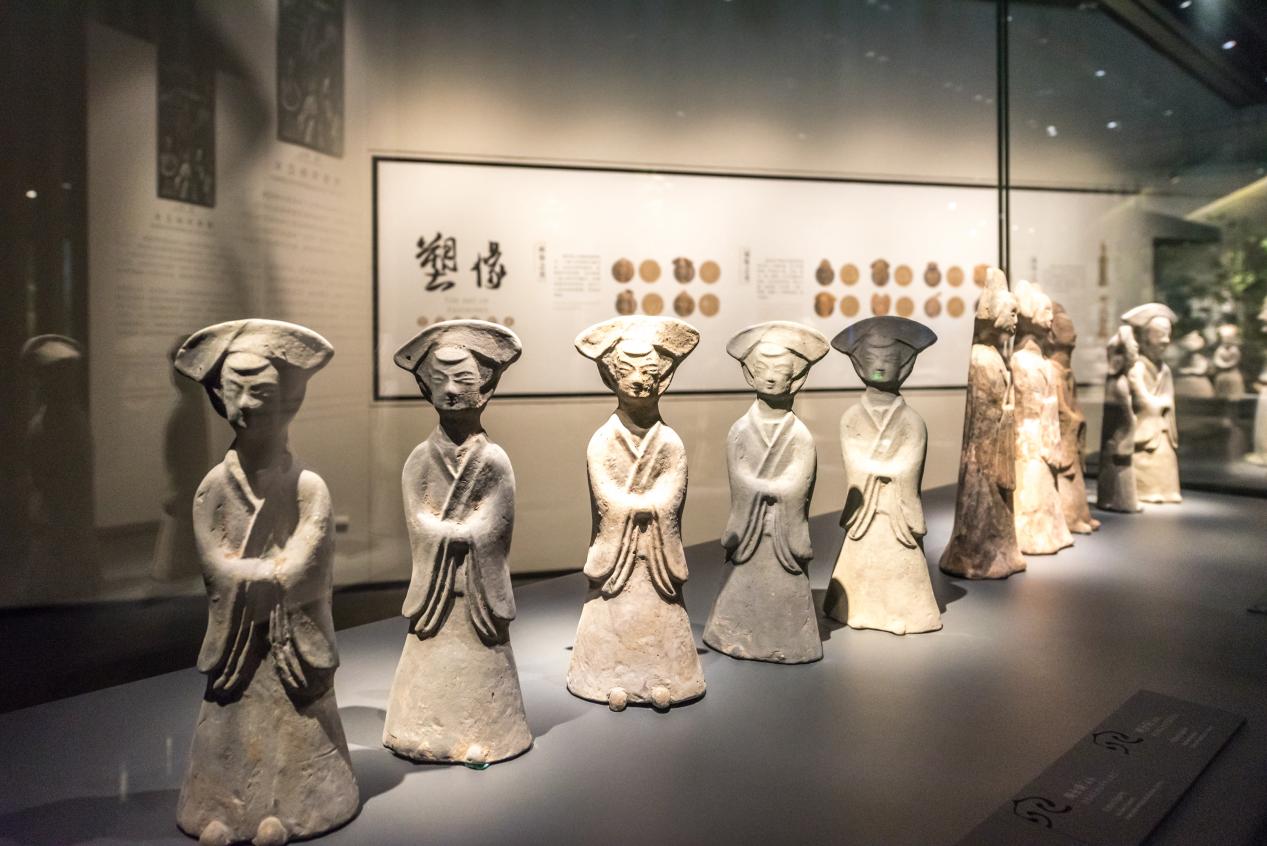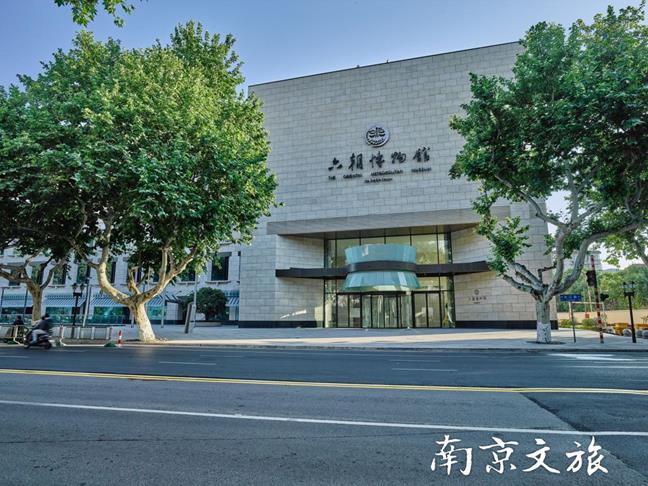The Oriental Metropolitan Museum
It is said architecture is the music of a city. Cultural relics ought to be the notes of music, or the magnificent waves made by the river of history as it flows through this ancient land. Nanjing boasts the glories and traces of the Six Dynasties as their capital.
Taking advantage of the warm autumn sun, let's visit the Oriental Metropolitan Museum to see the stories of Nanjing, dialogue with cultural relics and history, overlook the historical context, and listen to the sound of historical waves on this land.
The Oriental Metropolitan Museum, located on Hanfu Street, Xuanwu District, Nanjing City, is a cultural site museum in China that showcases the most comprehensive cultural relics of the Six Dynasties and a thematic museum that displays the most thorough culture of the Six Dynasties. A lot of precious cultural relics such as celadon, pottery figurines, epitaphs, architectural components, stone carvings, calligraphy and painting works, city walls, ruins of large drainage facilities, as well as famous figures of the Six Dynasties are displayed in the Oriental Metropolitan Museum. The museum provides four exhibition areas: "Capital of the Six Dynasties", "History of the Six Dynasties", "Style of the Six Dynasties", and "Figures of the Six Dynasties".
The museum site is a part of the ancient Jiankang City, with a construction area of over 23,000 m2, including an underground construction area of over 11,000 m2 and an aboveground construction area of 12,000 m2. It was designed by a senior design team led by Mr. Chien Chung Pei, the son of the world-renowned architect Ieoh Ming Pei. Pei's architectural module, geometry, and light and shadow principles were systematically applied to it to better exhibit the cultural relics of the Six Dynasties. The museum astonishes you with the flexible use of light and shadow. While showcasing cultural relics, the Suzhou garden-style design uses screens to block the view and white cloth and bamboo to achieve "one scenery at each step". Every single thing in the museum constitutes a space that envelops and tells us the glories of three centuries.
(Photo source: https://699pic.com/)
On B1 of the museum, there are the ruins of the ancient city, including water conservancy facilities, living, food, clothing, and transportation aspects. Stepping into B1, what catches your eyes is a wall of "tiles". Tiles were components and decorations of ancient structures. There were human-faced tiles, beast-faced tiles, and lotus-faced tiles. A wall of "tiles" leaves us with a strong visual impact, especially the last row of human-faced walls, which is highly typical of the architectural characteristics of the Six Dynasties.
(Photo source: Tuchong Creative)
The 25-meter-long and 10-meter-wide rammed earth wall on B1 is a piece of the architectural site of Jiankang City that was built in the Six Dynasties around 1,700 years ago. It is one of the treasures of the Oriental Metropolitan Museum. The drainage system opposite the rammed earth wall shows the construction level of Jiankang City.
2F is the most gorgeous area of "Style of the Six Dynasties" in the museum. A lot of precious cultural relics such as pottery figurines, celadon, epitaphs, tiles, and stone carvings interpret the art of the Six Dynasties from an aesthetic perspective for the visitors. The porcelains displayed here underwent the baptism of soil and fire. They are blue-and-white porcelains that marked the wonderful beginning of the development history of porcelain and milestones in the development of Chinese ceramics over 1,000 years. Both the "Underglaze Colorful Feather Human-Pattern Pan Mouth Pot" and the "Blue-and-White Lotus Goblet" are rare artworks of the museum.
(Photo source: https://699pic.com/)
3F is the "Figures of the Six Dynasties" area, where the stories of heroes, literati, and poets during the Six Dynasties are displayed.
Nanjing is the epitome of the culture of the Six Dynasties. The Six Dynasties was a critical period in the history of Chinese cultural development, where the brilliant civilization of the Six Dynasties was created and numerous cultural allusions and historical relics were preserved for Nanjing.
Standing in the museum, it feels like traveling back to the Six Dynasties. I can hear the ancient sounds emitted from the period, appreciate the millennium-old cultural relics in front of me, and feel the resonance brought by the heavy cultural heritage. This ought to be the greatest romance in winter.






